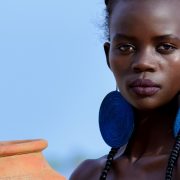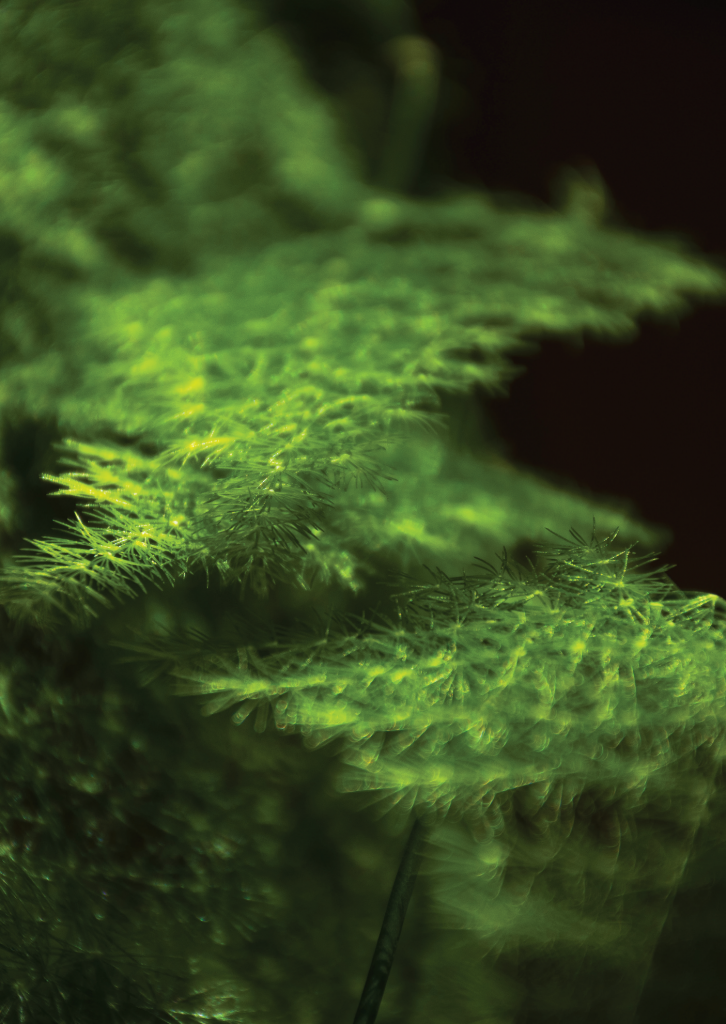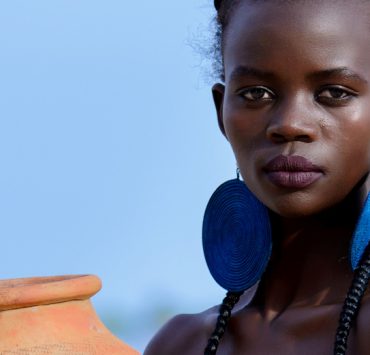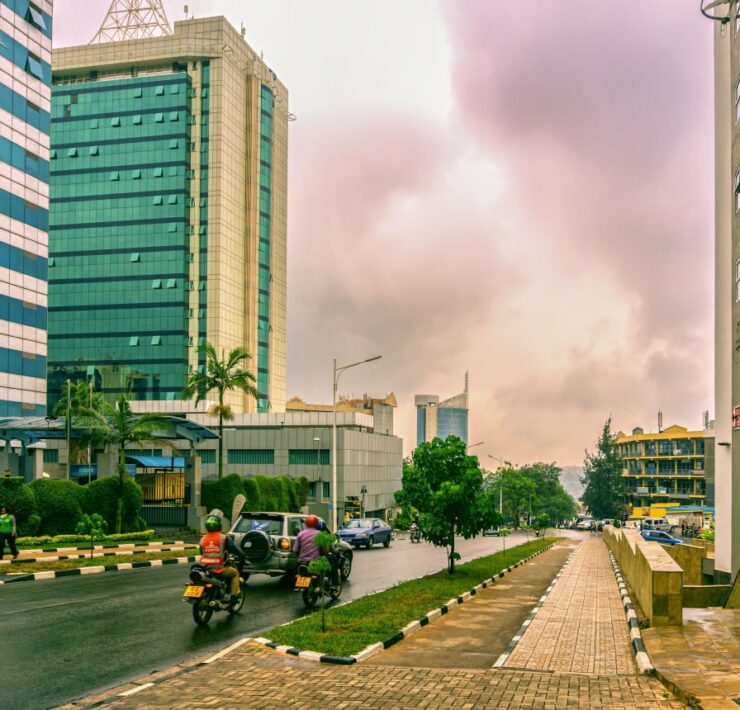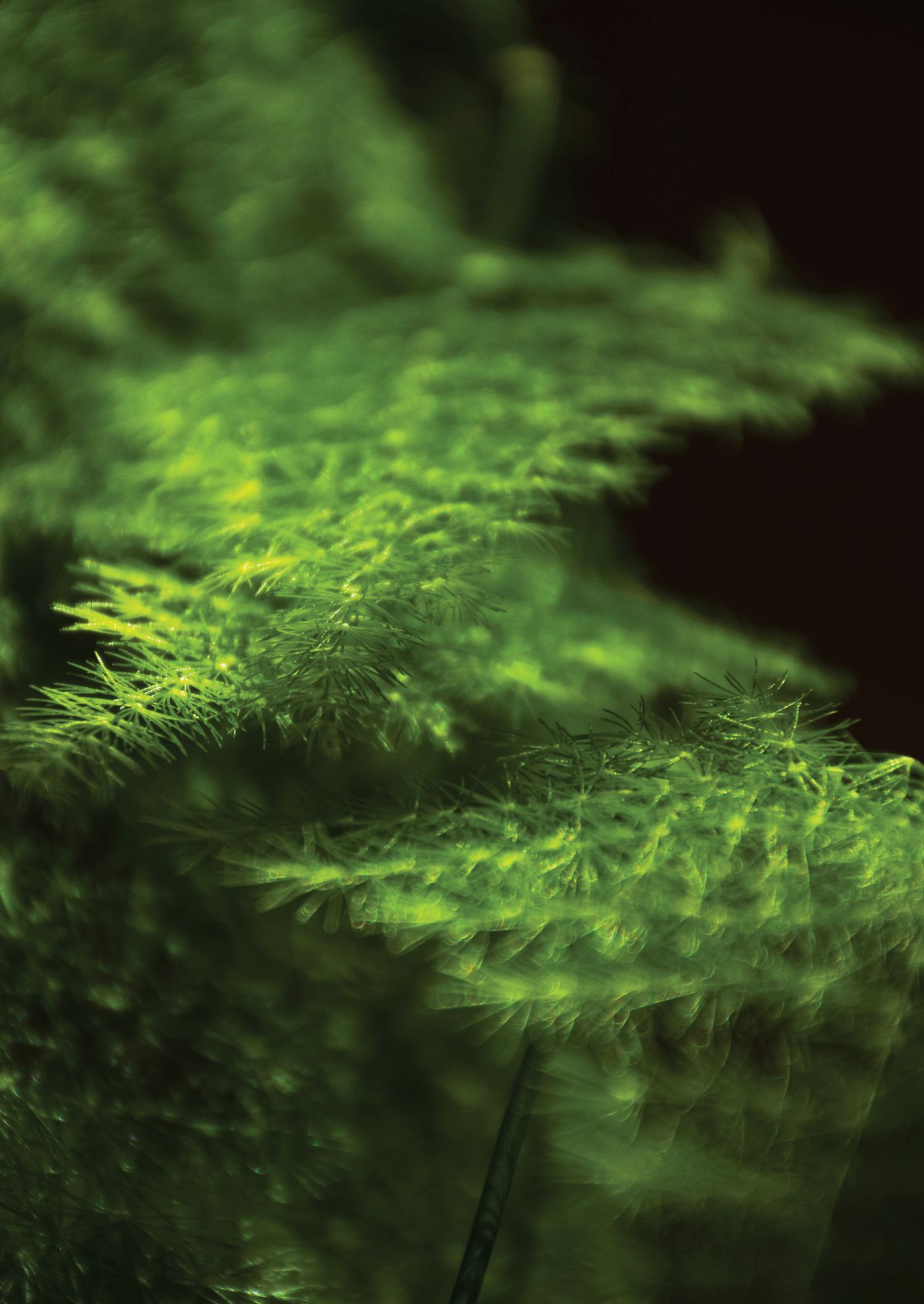
Chioma Phillips is the Editor of Msingi Afrika Magazine and…
Read Next
HALLER PARK MOMBASA
A few steps after the ticket booth, under the cool canopy of trees, we spot two ancient giant tortoises, quietly grazing on some grass. Stepping over one of the giant millipedes whose forebears helped to tame the harsh environment of this former quarry, we venture further, our eyes taking in the variety of palm trees, the towering Casuarinas (Whistling Pines) and the gentle eland a few hand lengths away, quietly retreating from view. It’s the relative silence, interrupted from time to time by the excited chatter of tourists wandering from the hippo and Oryx enclosure to the crocodile enclosure, to the snake house, to the bird house… but that silence that draws you in. Makes you want to stop under the shelter of one of the palm trees, sit on the benches provided, unplug and just be. Walking down the path, past giant clamshells, we catch a glimpse of a meeting of worlds. An ancient world that casts one’s mind to the days gone by when the world was concealed beneath the water, exposed by the claw of the decades’ old digger now broken and resting between the trees not far away, evidence of the barren wasteland that the corporate world tends to leave behind… and a beautiful glimpse of the world of healing and restoration that man can bring back, if he truly tries and cares enough to.
This is Haller Park, named after Rene Haller, the Swiss Naturalist who was hired by Bamburi Cement in Mombasa, to grow crops for their workers in 1959. He was convinced that he could find a way to restore the environment after their quarries became uninhabitable wastelands, where no new life, it seemed could ever take root again. So in 1970, he convinced them to let him try.
Dr. Haller was faced with the seemingly impossible task of finding plants that would serve as pioneers in helping restore life to the then barren landscape. Out of 26 plants, only 3 survived, and out of those three, the Casuarina was selected.
During a tour of the park and Butterfly Pavilion at the Nature Trails many years ago, I was told that one of the challenges they faced was that there was no ground cover that could allow the soil to retain water. The Casuarina is naturally designed to withstand hardship because of its narrow leaves, which also fall to the ground when dry and form a protective layer on the ground, preventing excessive moisture loss. This allows the ground some much-needed time to heal and transform.
But, these leaves/needles were seemingly indestructible; nothing seemed to be able to break them down. And then one day, Dr. Haller happened upon one of those delightfully large black millipedes, chomping away at the leaves. The combination of it eating the leaves and leaving behind its waste, allowed the leaves to be broken down into material that could be used by other plant life to grow. Dr. Haller brought in hundreds of these guys and they got to work breaking down the needles and creating a pile of humus that in a decade was almost twelve inches thick. The perfect environment for greater biodiversity as the Casuarinas began to naturally extend their territory across the park, some reaching heights of 20 to 30 meters, with 2.4 meter thick trunks.All of this happening over a few decades. As they spread, some among them reached their peak and began to fall to ground, creating wonderfully rich environments for other life to thrive and flourish.
Dr. Haller and his team also planted hundreds of indigenous plants then monkeys, birds and insects moved into the now habitable area and eventually Dr. Haller introduced Oryx and eland which were adapted to the harsh climate.
Over time Haller Park also became home to orphaned animals and animals displaced by flooding, and grew into an interesting attraction – shelter for the animals on one hand which was funded by the curiosity and interest of nature enthusiasts and students, on the other. One can now feed giraffes pellets by hand or observe Oryx and Hippo feeding side by side as the playful, opportunistic Vervet monkeys snatch up the tasty snacks, and stuff their cheeks with them. Those are probably the healthiest monkeys in Mombasa, with the easiest food supply there is.
According to the Haller Foundation website, Haller Park is now “home to a million trees, monkeys, birds and insects. 30 species identified by the International Union for the Conservation of Nature (IUCN) as endangered flora and fauna can also be found there, symbolizing a miraculous cycle of regeneration…” It goes on to say that, “Man had taken life from the land. But now man had used nature to return it.”
A few weeks ago, I watched a neighbor’s hired grader, destroy rock and plant life that had been there for who knows how long… in just a few minutes. Man’s capacity to destroy and uproot in the name of profit has been tremendous. If only more of us had the hunger and desire to return to practices that actually are regenerative in nature. If only more of us acted on that hunger and desire. We can change things. We just need to actually get up and change things.
Subscribe now for updates from Msingi Afrika Magazine!
Receive notifications about new issues, products and offers.
What's Your Reaction?
 PIN IT
PIN ITChioma Phillips is the Editor of Msingi Afrika Magazine and the host of Msingi Afrika Television. Her hope is to see the Truth shared, with all who will listen, for the transformation of the people and the continent of Afrika - and the world. She believes passionately in the critical role that Afrika and Afrikans have to play on earth right now and hopes to ignite the spark that will cause them to see and believe who they are, so that they can live out their Truest lives for the remainder of their days.








